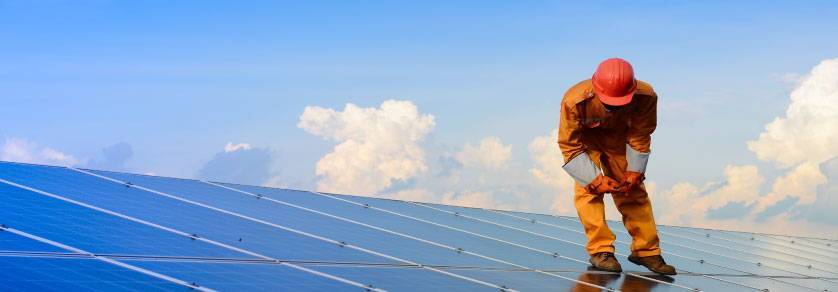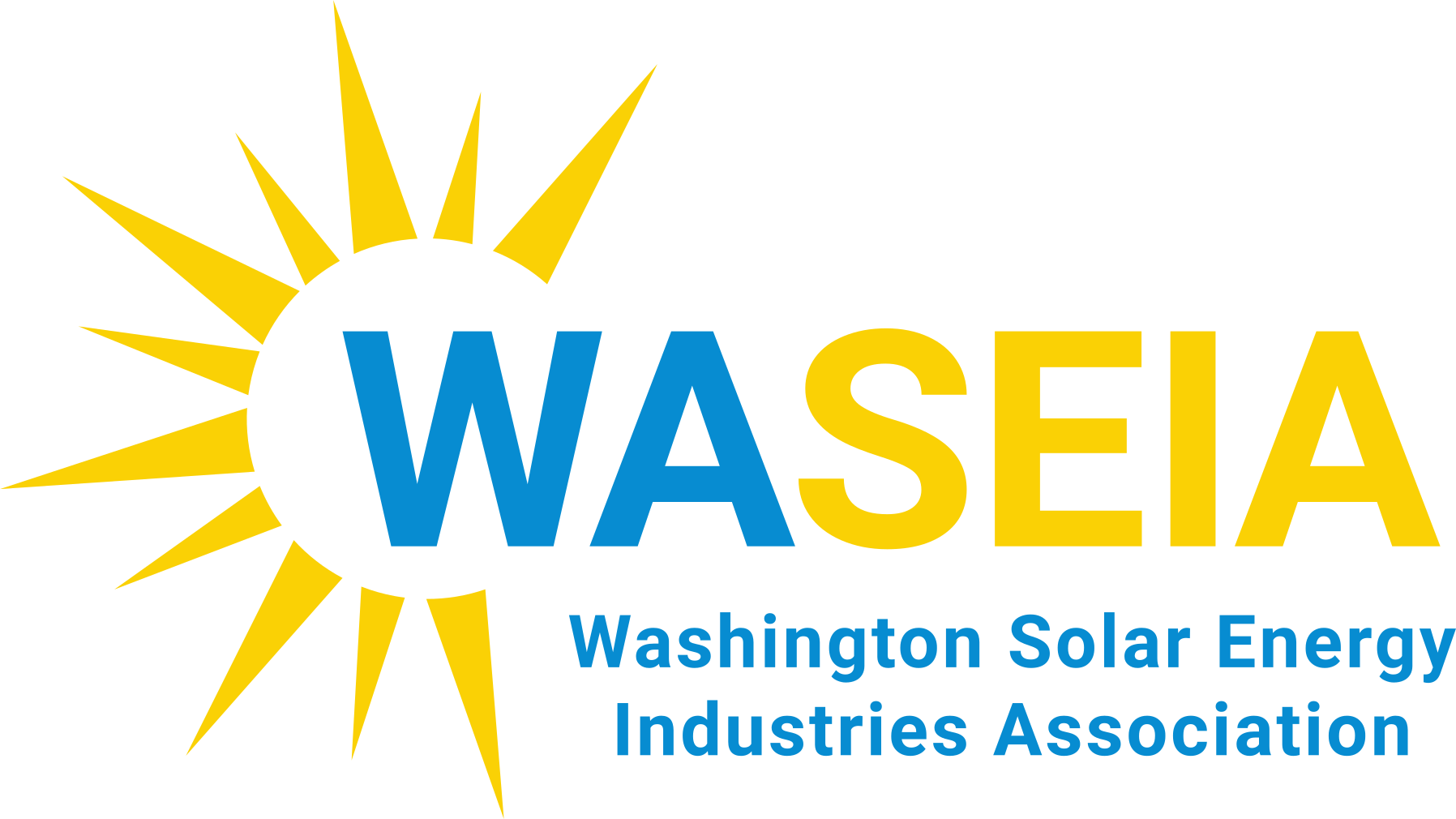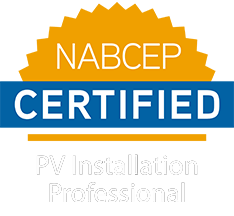Why Now is the Perfect Time to Go Solar

Don't Miss Your Solar Opportunity Cost!
The cost of going solar gets cheaper every year. This raises the question among homeowners—should I switch to solar now or wait to take advantage of lower installation prices?
The primary concern for going solar is the upfront cost of solar panels. In 2015, the average 6-kilowatt system was priced roughly at $16,000 after tax credits and rebates. In 2018, solar panels can be bought for $11,380 to $14,990 after tax credits.
Assuming that system costs continue to fall, a shopper can save around $1,450 if they put off purchasing for a year, or $2,750 for two years. But is it worth it?
Every year that you delay in your decision to go solar is another year that you miss out on many financial returns, otherwise known as your solar opportunity cost. What you save on upfront costs could be outweighed by the financial returns you would have received within that time frame.
Here are the opportunity costs you could miss out on if you choose to wait:
Solar can protect you from energy price hikes
Not switching to solar means you still have to pay your utility bill every month. The average U.S. household spends an annual cost of $1,200 on electricity. More so, electricity prices are projected to continue to rise by 3% each year. If you invest in a solar system that meets 100 percent of your electricity needs today, you’ll have an extra $1,200 in your pocket after a year. When prices go up the following year, you’ll save as much as $1,300. These savings will continue to grow over the 25+ year lifespan of your system.
Financial incentives may get phased out
The government is offering significant rebates, tax credits and other incentives to encourage more people to go solar. However, as solar becomes more popular, these incentive programs will be phased out. For instance, the federal renewable energy tax credit remains at 30 percent through 2019 but by 2020, it will be reduced to 26 percent. By 2022 onwards, there will be no federal credit for residential solar energy systems.
Some local governments also offer similar incentives that decrease over time. California used to have rebates of up to $15,000. After becoming the top solar state, those rebate programs have been eliminated. In New York, homeowners can enjoy rebates of $1/watt through the Megawatt Block Incentive Structure. But this will be reduced to $0.15/watt as more residents install solar.
Solar incentive programs vary from state to state. The Database of State Incentives for Renewables & Efficiency (DSIRE®) provides valuable information on policies and incentives for solar and other renewable energy sources.
Going Solar is Easier Than Ever
Want to make the switch but don’t have the budget for an upfront purchase? This should no longer be a concern for solar. There are plenty of financing options available to affordably install solar on your home. You can choose from solar leases, power purchase agreements (PPAs), and solar loans. You might even be surprised to receive “zero-down” offers from some companies. So, while waiting for the solar panel prices to go down even further, think of your opportunity costs too.
Thanks to the increasing demand for solar energy, solar panels have been more accessible and affordable than ever before. At Sun Path Electric, we can help you begin your solar journey.



